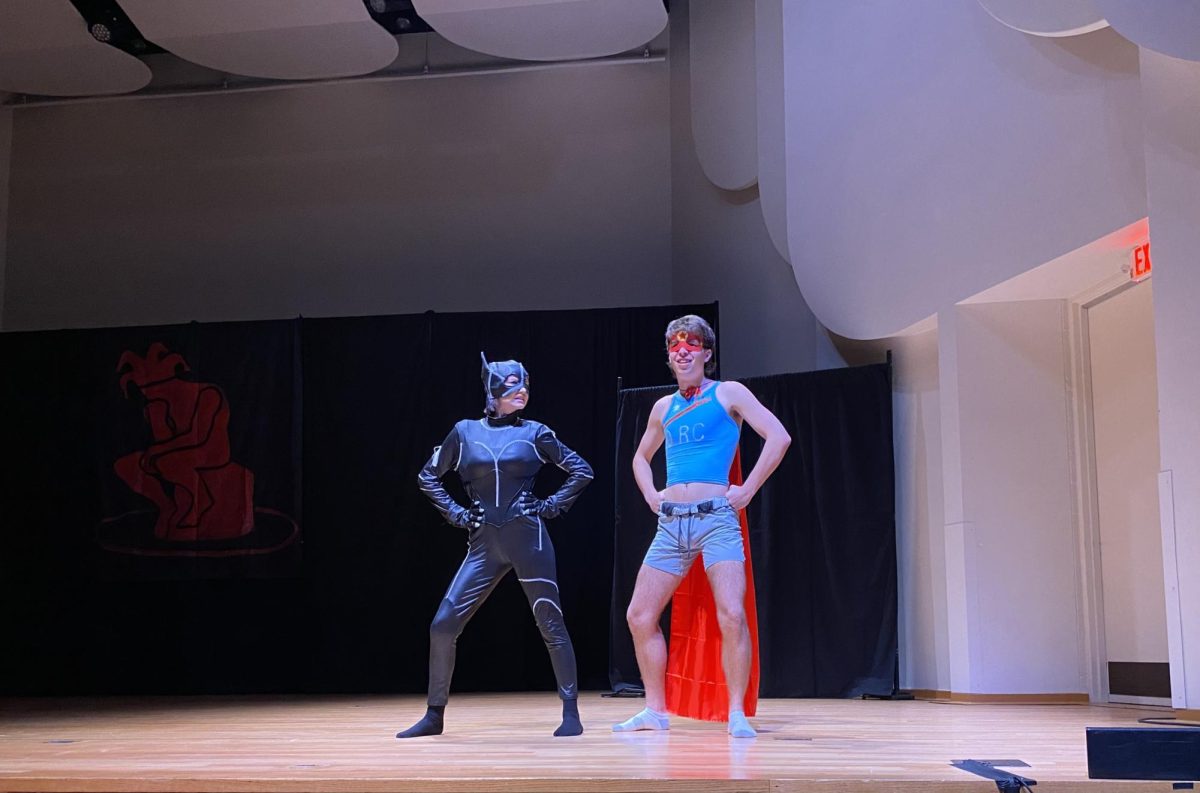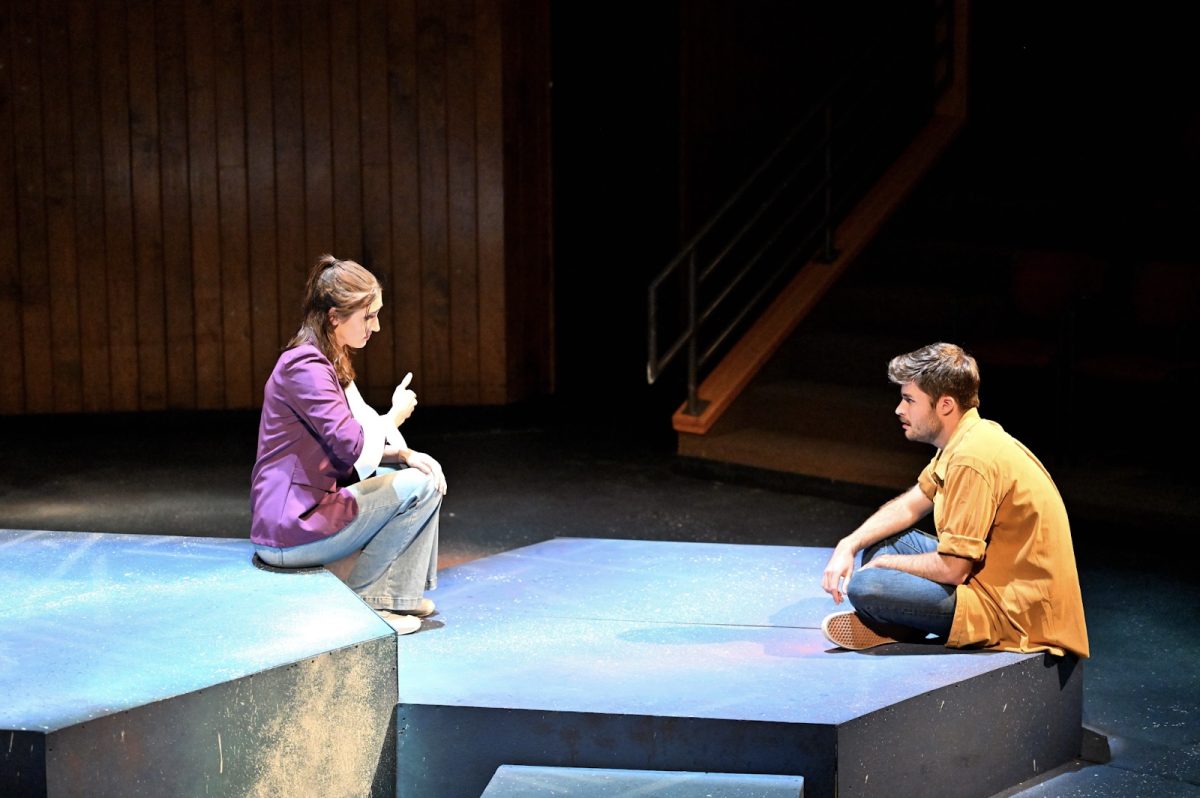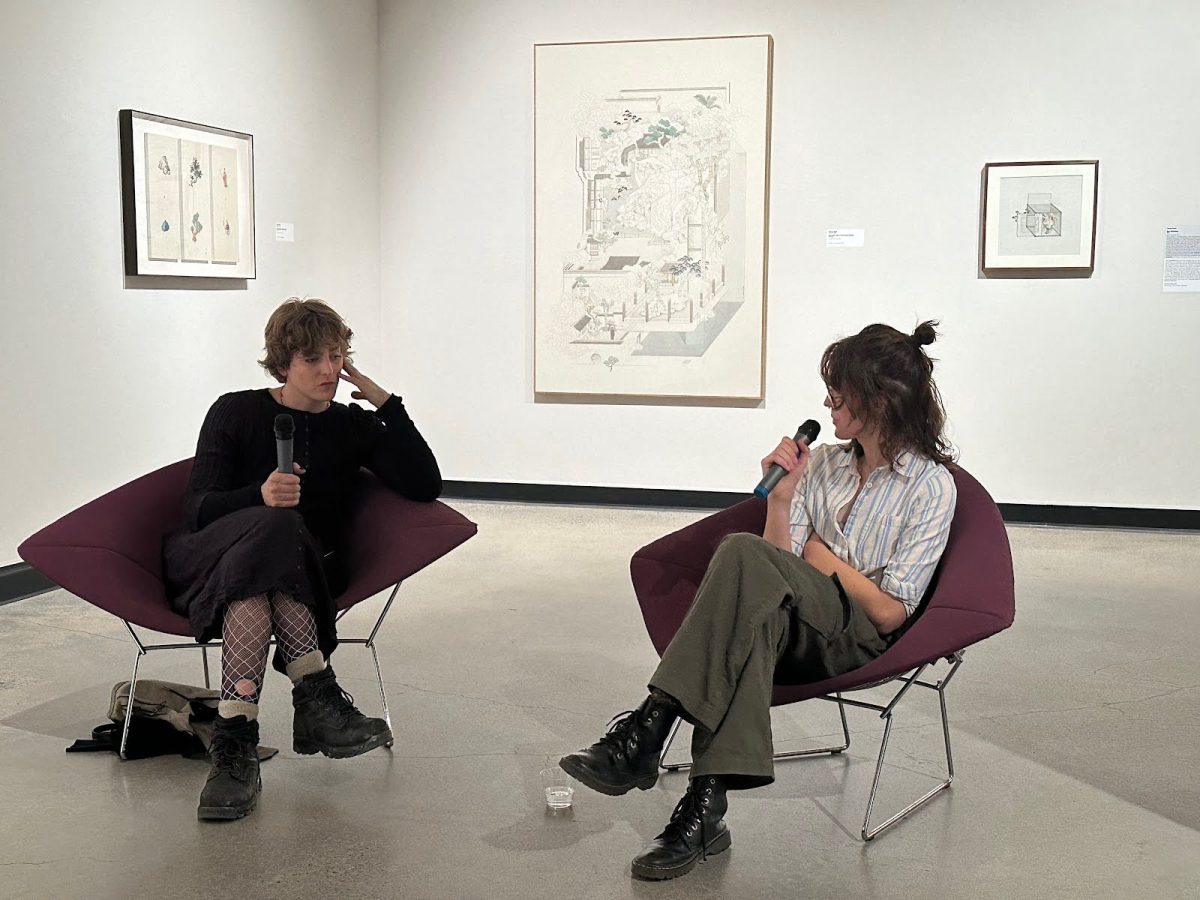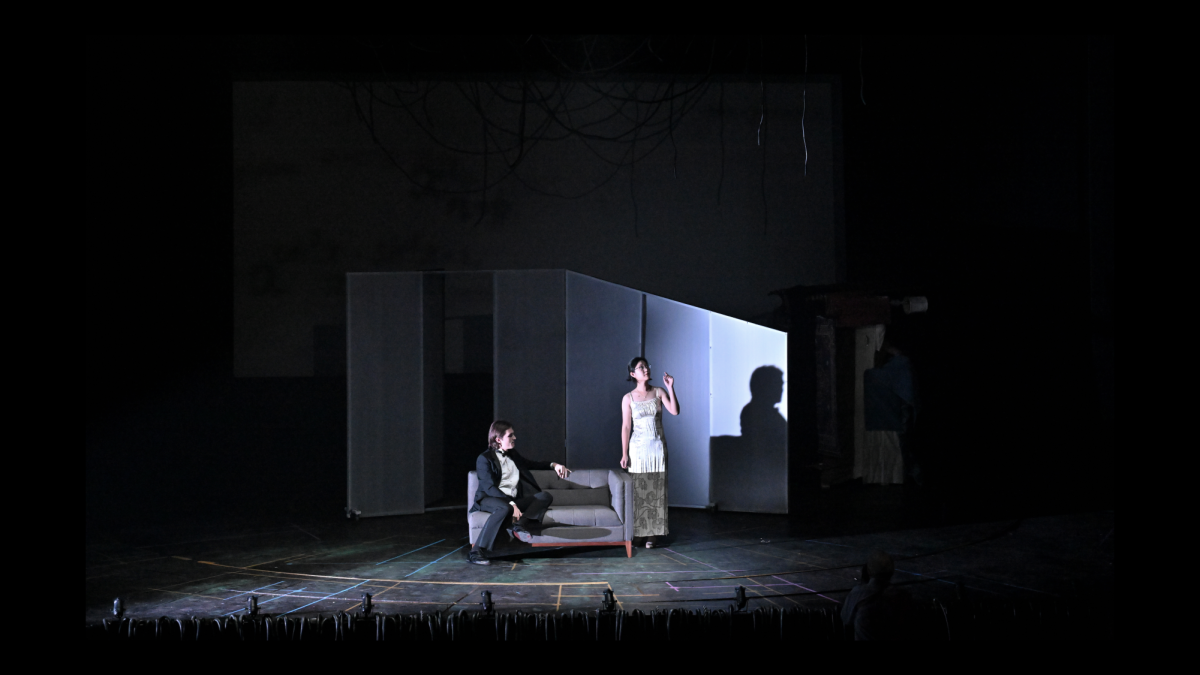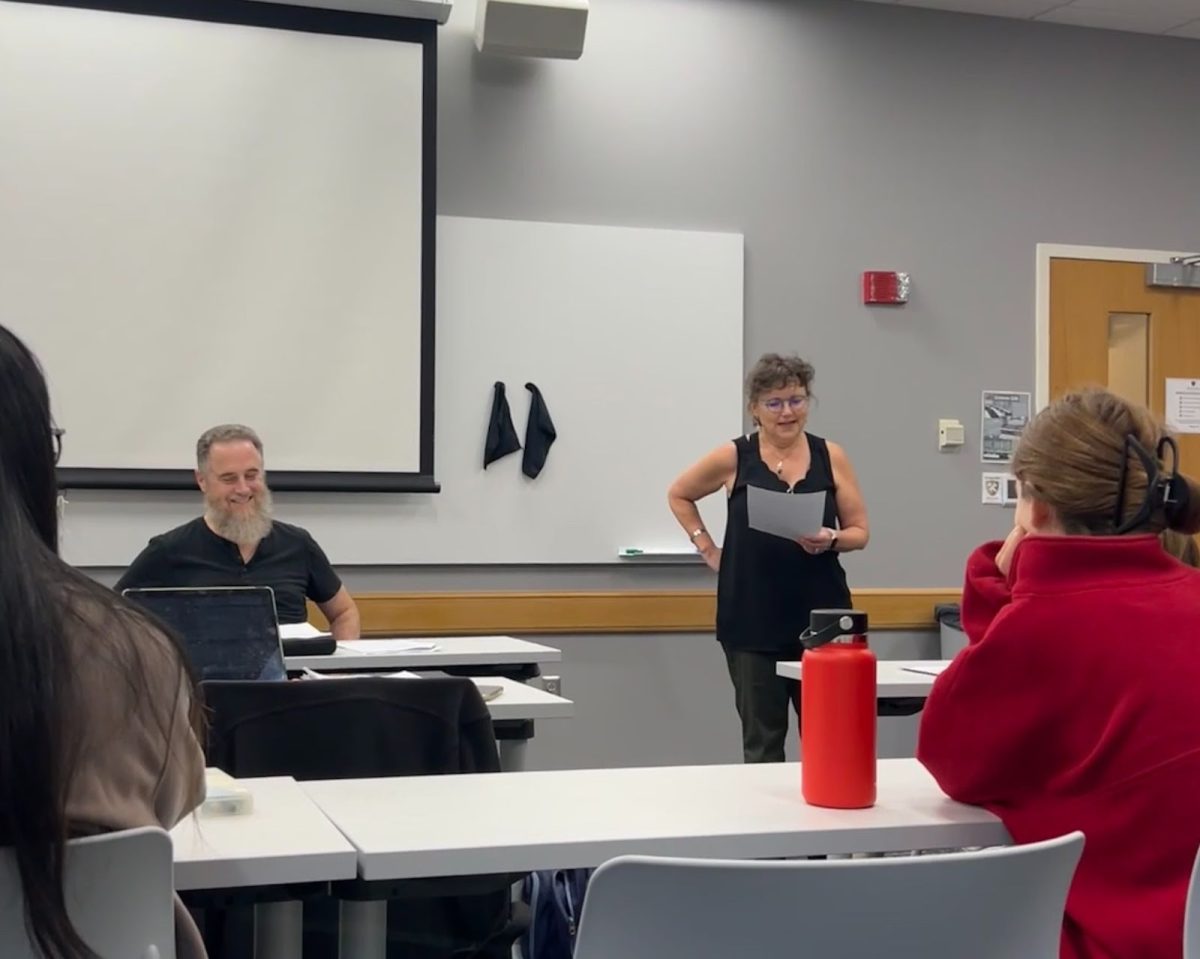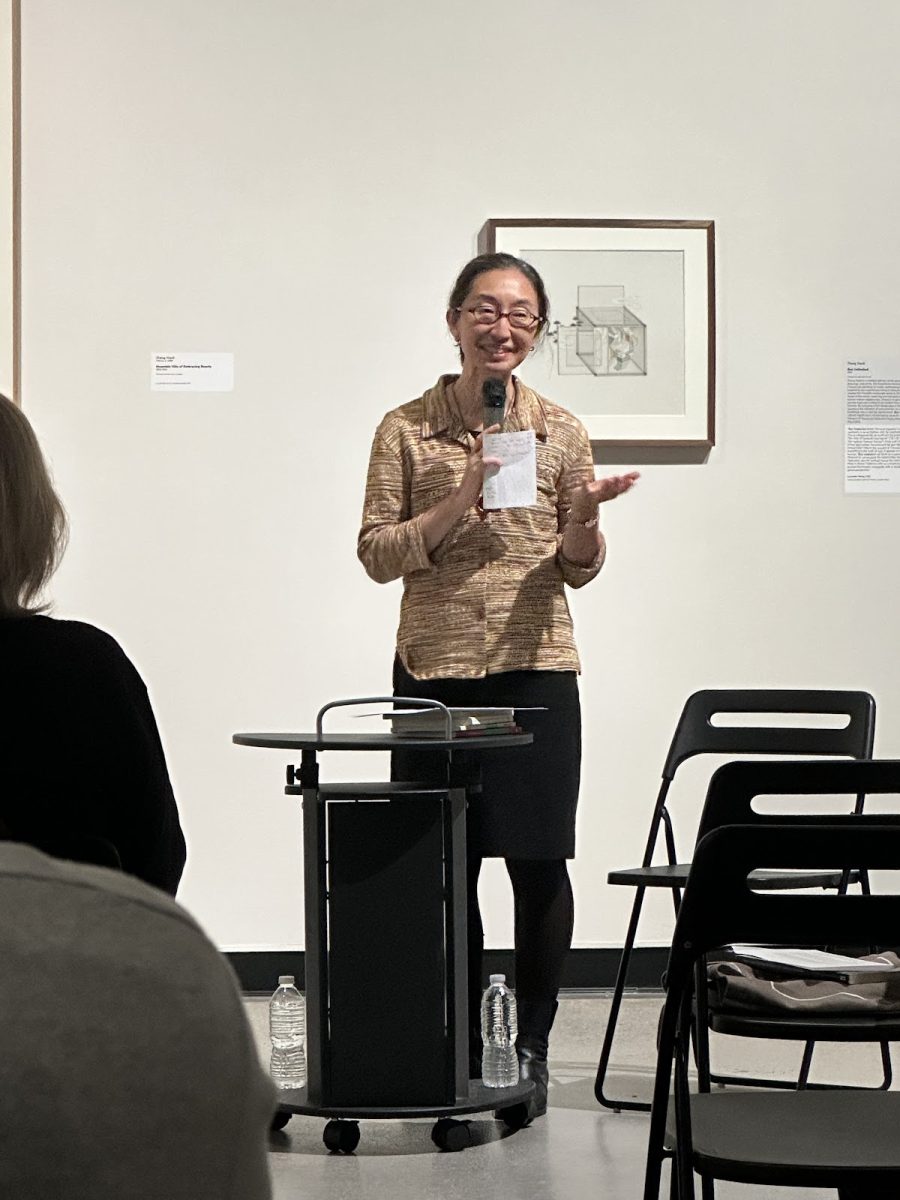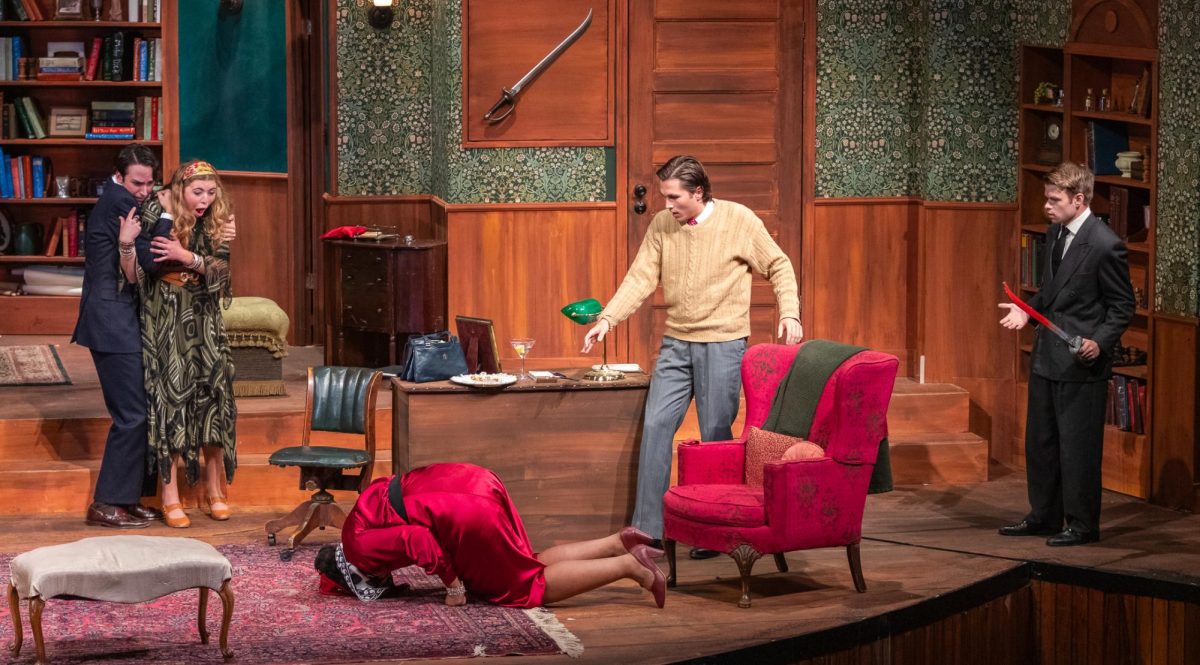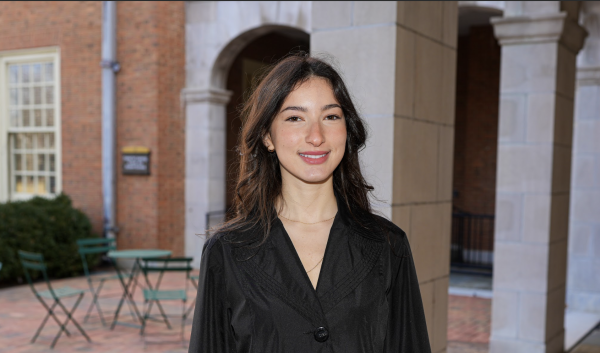Art exhibition “Andrew Wyeth at Kuerner Farm: The Eye of the Earth,” co-organized by Reynolda House Museum of American Art and the Brandywine Museum of Art in Chadds Ford, made its national debut in February 2025. It will make its way to the Brandywine this summer, and conclude its route at the Cummer Museum of Art & Gardens in Jacksonville, F.L., where it will run into the early months of 2026.
This is not merely a collection of landscapes and impressions, but rather an ode to Wyeth’s lifelong communion with Kuerner Farm in Chadds Ford, P.A. Andrew Wyeth was inextricably captivated by the farm, and it functioned as a font of inspiration for his work. Wyeth produced nearly 1,000 depictions of the farm over a course of six decades. Primarily using watercolor and tempera, a multitude of studies depicting landscape and personage shaped Wyeth’s creative tenets throughout those years.
Wyeth shaped and reshaped the farm’s contours and tenses, not just as a painter of a place, but as someone in devotion to it. The exhibition meditates on this fidelity — to solitude, to muses, to winter’s bleak honesty — and above all, to presence.
Kuerner Farm, though deceptively remote and barren, distilled every semblance of light and stimulation a lucrative creative life demands into Wyeth.
Wyeth walks us to the shore of Kurener pond, the crystalline void that occupies the center of the farm — a marker Wyeth praised as “the eye of the Earth.”
The farmhouse looms above the pond, stark in geometry and shadow, offering a meditative backdrop for Wyeth that is silent and still, yet aflame with psychological tension. “The Eye of the Earth” surveys not merely a space but a relationship between an artist and indigenous lands, belonging to the Lenni-Lenape and its assigned transformation by Wyeth into a space of lush interiority.
The exhibition examines the farm as an active subject, telling an alternate mode of American art that finds solace and meaning outside of the cityscape. A through line is drawn from the initial gothic realism of early Wyeth to the abstract expressionism he taps into as he nears death.
A delicate watercolor that shows the kitchen window and a fallen log are the central points in “Groundhog Day” (1959). Wyeth uses transparency and gouache, allowing the white of the paper to shine through, mimicking snow. He accents the piece with flicks of opaque white to mimic falling snowflakes. “I love the bleakness of winter and snow and get a thrill out of the chill.” Wyeth once said. “There’s a danger in it. You never know how it’s going to turn out.”
A loose and moody watercolor study for tempera, “Brown Swiss, Farm Pond” (1957), presents the Kuerner pond flanked by fence posts and overlooked by the blocky farmhouse. A bare tree punctuates the midpoint. Wyeth’s composition emphasizes the pond’s reflection — his eye drawn to water, silence and the in-between. Later, in the finished tempera, the pond becomes less wintry, the composition more horizontal and the palette more brown than white.
“God, I’ve frozen my ass off painting snow scenes!” Wyeth said, “My winter scenes differ from those of other artists in that they are not romantic. No! They capture that marvelous, lonely bleakness, the quiet, the chill reality of winter.”
Among the more unsettling works in the exhibit is “The Kuerners” (1971), which portrays Anna and Karl Kuerner in a whitewashed room. Karl, bundled in a thick coat, holds a rifle that bisects his torso and points directly at Anna, who stands in profile — tense, bearing an indiscernible visage. An antler rack once hung between them, but Wyeth sanded it away, leaving what critic Brian O’Doherty called “an appalling stretch of blank.” The negative space between them holds a damning weight that Wyeth likely perceived between Anna and Karl.
Although not included in Reynolda’s exhibition beyond a single portrait, Wyeth’s decades-long series of paintings of Helga Testorf — his muse and best-kept secret — looms large and played intimately on my personal emotional vocabulary.
Over fifteen years, Wyeth created 240 works of Helga, none shown to the public — or to his wife — until he was ready.
“My intention was to keep ’em hidden away until I died,” he said in an interview with Thomas Hoving, once director of the Metropolitan Museum of Art. “I didn’t want anyone to know that I have fallen deeply in love.”
The Helga pictures are not erotic so much as reverent. Wyeth described himself as needing to “fall in love” with his subjects — not necessarily sexually, but deeply and personally.
“Many artists tell me they don’t even recall the names of their models. I have to become enamored. Smitten.” said Wyeth.
In Helga, he found someone who understood this form of communion. His wife, when asked about the Helga paintings, simply said: “All I see is love.”
“The Eye of the Earth,” is by far the most impactful exhibition I have borne witness to at Reynolda House. It isn’t just an illustration of landscapes, it’s a meditation on Wyeth’s troth to the land. He wielded silence into pure expression.





